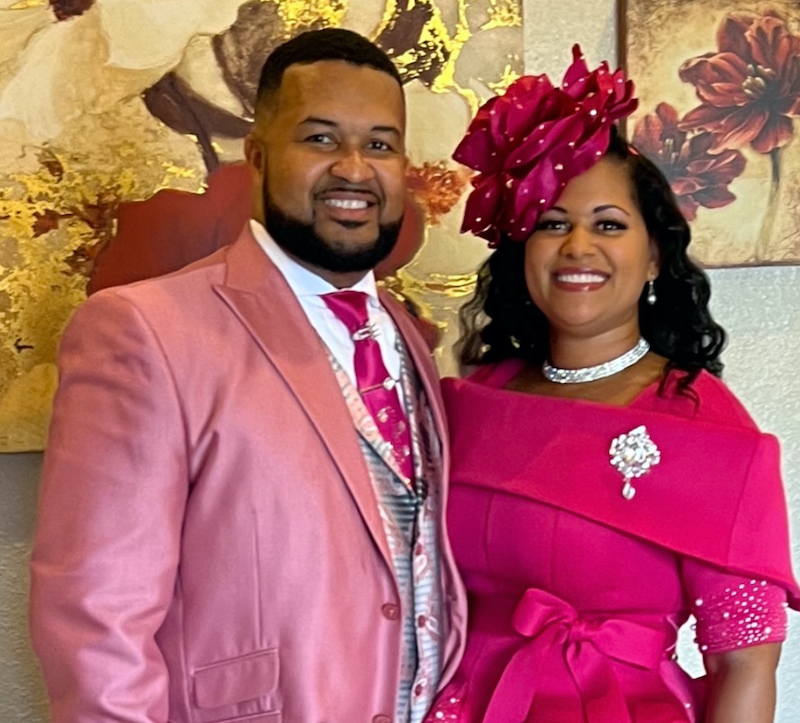One, two skip a few, won’t work for hospital district petitions
Published 7:36 am Saturday, July 8, 2017
Editorial by Bobby Tingle
When my children were learning to count, a counting rhyme surfaced in our household. I doubt my children created the rhyme, but they enjoyed its benefits.
Trending
‘One, two, skip a few, ninety-nine, one hundred.’
It’s a quick and easy way to count from one to one hundred, with a few details left out.
Technically though, even if they had not cheated between two and ninety-nine they still would have recited an incomplete list of numbers. The first number is zero.
Skipping a few won’t work when submitting an election petition.
The State of Texas has specific standards that must be met in order for a petition calling for an election to be validated. Technically, it must accurately reflect the requirements. Otherwise the petition fails to invoke its desired outcome – an election of registered voters.
Registered voters signing a petition calling for an election must provide five items and one optional item.
Trending
A valid signature in the signer’s handwriting must appear on the petition. This is the only item that must appear in the registered voters handwriting. Several of the items are pretty simple including a printed name, date signed and either a date of birth or voter registration number. The residence address should include the street address and city or the address where mail is received if a street address has not been designated. If the petition covers more than one county, then the county of residence should be included. The state of residence is not necessary if the territory is wholly contained in Texas. A zip code is listed, as a requirement, with a footnote indicating omission of the zip code does not invalidate a signature.
Petition signers must be registered voters.
The final stipulation states, the petition must comply with all other applicable requirements prescribed by law. An example of other applicable requirements would be the need to accommodate registered voters whose primary language is not English. For Orange County this means the petition must include a Spanish translation.
Seems pretty simple.
The next step is verification of names, addresses and signatures appearing in the petition by comparing entries to voter registration roles. An invalid signature does not invalidate the petition. The reviewer will determine one of two outcomes. Either the proper number of valid signatures has been acquired and the petition is validated or, it fails.
You can see these requirements at http://www.sos.state.tx.us/elections/laws/petitions.shtml.
What does all this have to do with counting to one hundred? It is the number of valid signatures needed to call an election to establish a hospital district.
The petition defines many aspects of the hospital district. Voters will know, prior to voting yes or no for authorizing a hospital district, what they can expect if approved.
The petition specifies the hospital district geographical boundaries.
It names the temporary directors of the district or instructs the county commissioners to designate them. It establishes the number of directors, temporary and permanent, which must be an odd number. It also specifies how permanent directors will be allocated, by place or at-large or both. The petition provides a name for the hospital.
Finally, the petition specifies whether the directors will be allowed to impose property or sales and use taxes. If so, the petition must set a limit on tax rates.
You can view these items at, http://www.statutes.legis.state.tx.us/Docs/HS/htm/HS.286.htm.
Although this information is somewhat tedious, it is important to know. Knowledge can empower. Someone should take the time and expend the effort to craft a petition calling for an election authorizing a hospital district for Orange.
Next week we will look at reimbursement for services rendered. Stay tuned.
Bobby Tingle is publisher of The Orange Leader. You can reach him at bobby.tingle@orangeleader.com.





